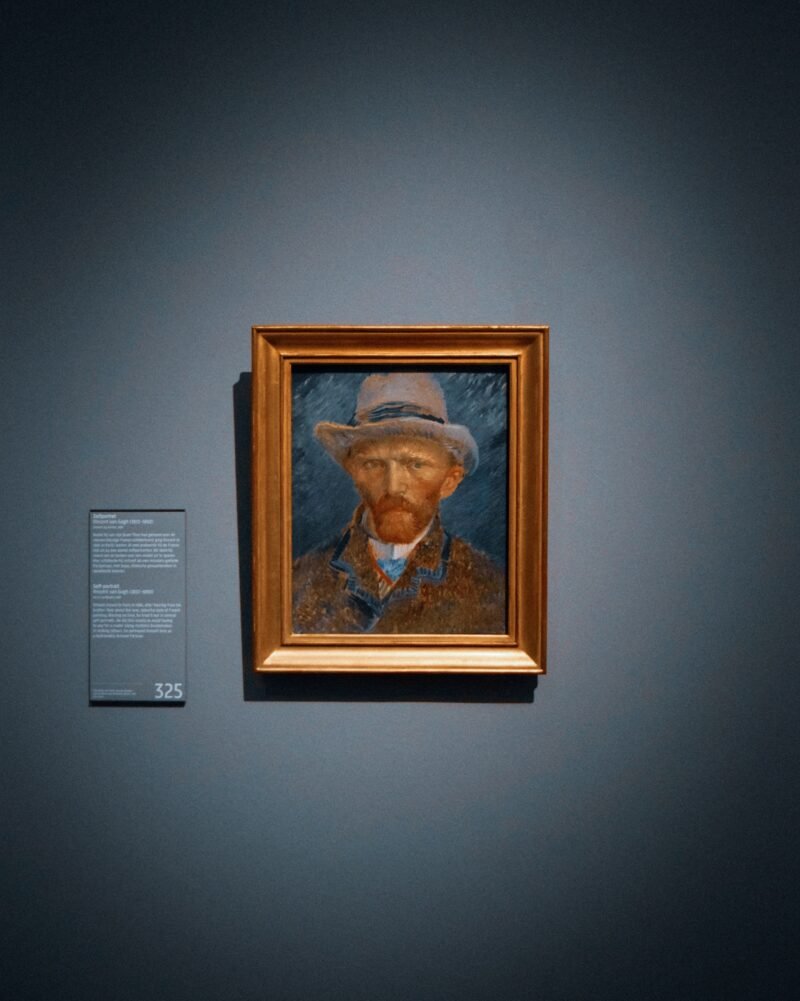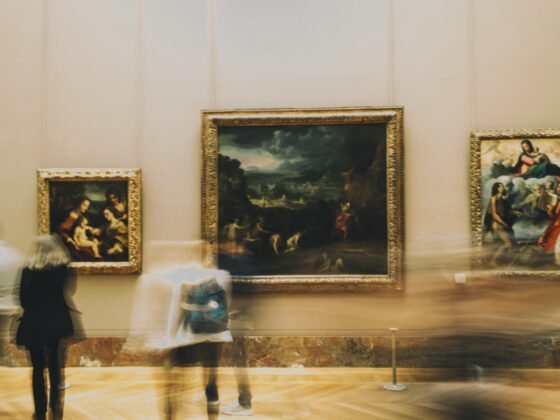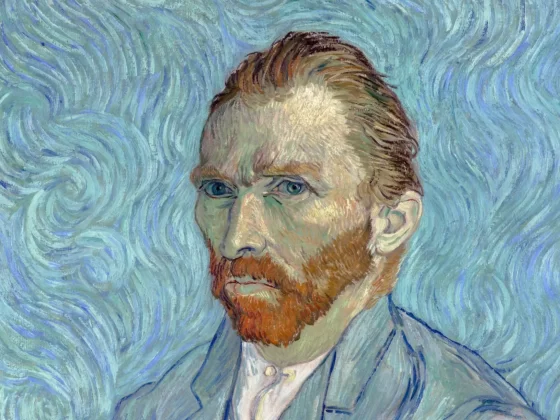Setting the price for a work of art is a complex and intricate process that involves a multitude of factors. From the artist’s reputation and career stage to the artwork’s size, medium, and provenance, pricing art requires a delicate balance of objective and subjective considerations.
The Artist’s Reputation
One of the primary determinants of an artwork’s price is the reputation of the artist. Established and renowned artists typically command higher prices for their work. An artist’s reputation is built upon several foundational elements, each contributing to their status within the art world:
1. Exhibition History: The artist’s exhibition history is a testament to their commitment to sharing their creations with the world. Solo and group exhibitions, particularly in prestigious galleries and museums, reflect the artist’s willingness to engage with a broader audience. These milestones enhance the artist’s reputation and provide opportunities for art enthusiasts to appreciate their work.
2. Critical Acclaim: Critical acclaim is a barometer of an artist’s impact on the art community. Reviews, scholarly articles, and critical assessments of an artist’s work offer insight into the significance and influence of their creations. Favorable critiques and attention from art critics elevate an artist’s reputation.
3. Awards and Honors: Recognition in the form of awards and honors is a testament to an artist’s exceptional talent and contribution to the art world. Awards from prestigious institutions and organisations often signal the artist’s excellence.
4. Inclusion in Major Collections: The presence of an artist’s work in major public and private collections is a powerful indicator of their significance. Museums, corporate collections, and renowned private collectors curate art with an astute eye, and their selections solidify an artist’s reputation as one deserving of attention and admiration.
An artist’s career stage plays a pivotal role in art pricing. Emerging artists, despite producing exceptional work, may have lower prices due to their relatively shorter track record. As artists gain recognition and their careers progress, their prices tend to increase accordingly.
Size and Medium
The physical attributes of a piece, including its size and medium, significantly affect its price. Larger artworks often cost more due to the increased materials and labor involved in their creation. The choice of medium, whether it’s oil paint, watercolor, sculpture, or mixed media, can also impact the pricing. Rare or precious materials can drive up the cost of creation.
Provenance
The history and ownership of an artwork, known as its provenance, can substantially influence its value. If a piece has a documented history of ownership by notable collectors or institutions, it can enhance its desirability and price.
A well-documented provenance helps establish the authenticity of an artwork. When an artwork has a clear and unbroken ownership history, it provides collectors and buyers with confidence in the piece’s legitimacy. This, in turn, positively influences the price. An unclear or missing provenance can raise doubts about the artwork’s authenticity and may result in a lower valuation.
If an artwork has been in the possession of renowned collectors, institutions, or public figures, its value is often heightened. The association with these notable owners not only validates the quality of the artwork but also makes it more desirable to collectors. The artwork’s provenance can transform it from a mere object into a piece of history.
Market Trends and Demand
Art markets are subject to trends and fluctuations in demand. What’s considered fashionable and desirable in the art world can change over time, affecting an artist’s prices. Art fairs, auctions, and gallery exhibitions often provide a barometer for current market trends and can impact pricing decisions.
The subject matter and concept of an artwork also come into play when setting its price. The level of complexity, originality, and conceptual depth can contribute to an artwork’s value. Pieces that resonate with collectors and art enthusiasts on an emotional or intellectual level often command higher prices.
Gallery and Dealer Influence
Galleries and art dealers serve as intermediaries between artists and collectors. They often provide guidance on pricing based on their understanding of the market, the artist’s career, and the perceived value of the artwork. The reputation of the gallery or dealer can also affect pricing.
Supply and Demand
The basic economic principles of supply and demand are integral to art pricing.
The supply of artworks is influenced by several factors, including the number of pieces an artist produces, the availability of artworks on the market, and the willingness of collectors to sell. For instance, if an artist creates a limited number of works, the supply remains low. As a result, collectors who desire these pieces may be willing to pay a premium, driving prices higher. Conversely, if a flood of an artist’s work enters the market, it can saturate supply, leading to lower prices.
The demand for art is driven by collectors, investors, institutions, and art enthusiasts who seek to acquire works for a variety of reasons. The factors influencing demand include an artist’s reputation, market trends, and the emotional or intellectual resonance an artwork holds for potential buyers. When an artist’s work gains popularity and demand surges, prices often follow suit. Conversely, shifts in taste or market sentiment can lead to fluctuations in demand and pricing.
Negotiation and the “Art of the Deal”
Pricing art often involves negotiation, especially in private sales. Factors such as the buyer’s relationship with the artist, the potential for future sales, and the collector’s investment strategy can all influence the final price.
Collectors and investors are not merely acquiring art; they are investing in the artist’s reputation, ensuring that their collection is not only aesthetically rewarding but also a testament to the artist’s lasting impact on the art world.











